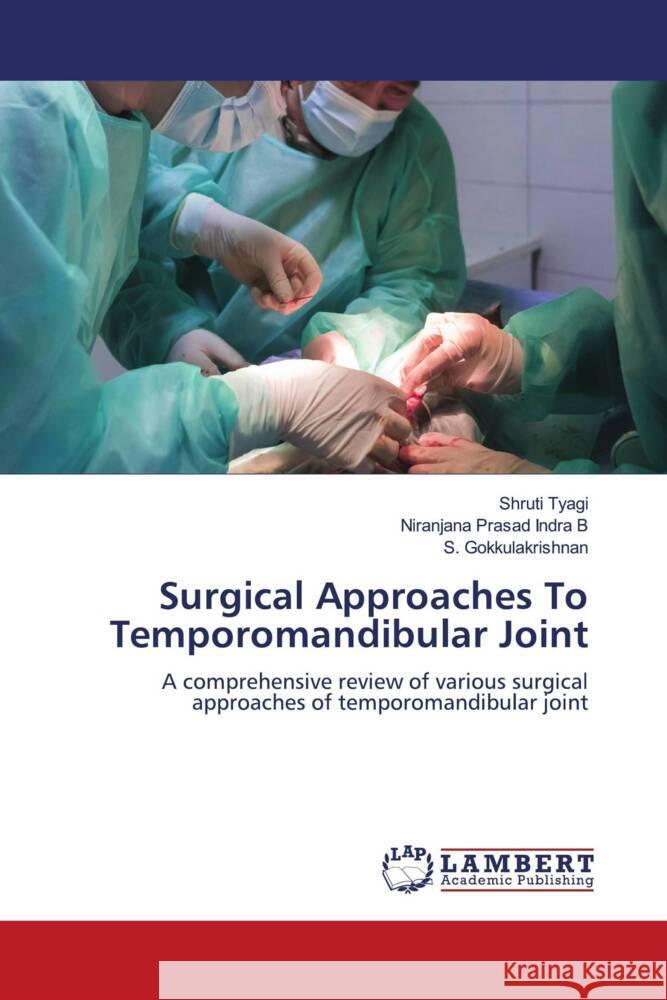Surgical Approaches To Temporomandibular Joint » książka
Surgical Approaches To Temporomandibular Joint
ISBN-13: 9786208225957 / Angielski / Miękka / 2024 / 120 str.
The TMJ is a ginglymoarthrodial joint that is freely mobile, with superior and inferior joint cavities separated by the meniscus. The articular surface of the mandibular condyle and the glenoid fossa of the temporal bone are covered with dense collagen fibres. Serious morbidity from facial nerve injury, scar formation, or ear injury can overshadow the mechanical improvements in joint function and the amelioration of painful symptoms. Incisions were described by Humphrey in 1856 for condylectomy, Ricdel for meniscectomy in 1883, and Annandale for disk repositioning in 1887. The main potential anatomic problems in temporomandibular joint surgery are the facial nerve and the terminal branches of the external carotid artery. Approaches to the joint include the following: preauricular,endaural,postauricular,rhytidectomy, retromandibular, and intraoral. Ideally, the selected approach should accomplish the following: maximize exposure for the specific procedure; avoid damage to the branches of the facial nerve, major vessels (e.g., internal maxillary artery and retromandibular vein), parotid gland, and ear; and maximize use of natural skin creases for cosmetic wound closure.











